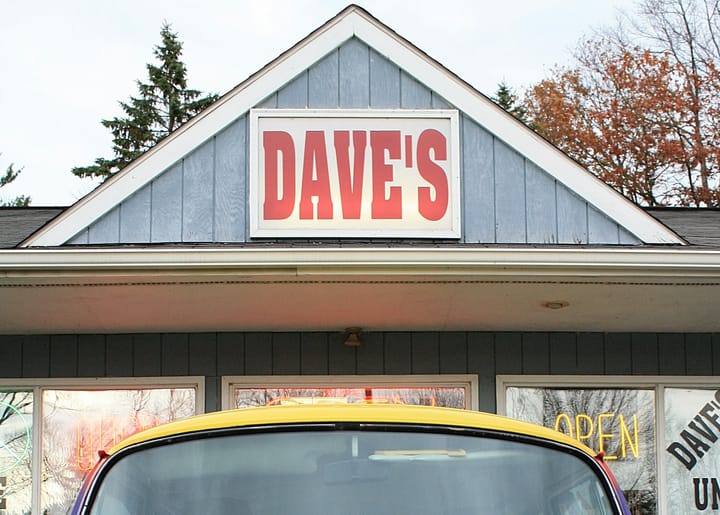How Brands Use Creative Excuses To Drive Engagement And Trust

Consumers today are more critical and discerning than ever, often holding brands accountable for every action or inaction. But what if the power of an apology or excuse could be flipped on its head to capture attention and engagement?
From addressing social issues to owning up to their mistakes with humour or boldness, brands and agencies are finding new ways to use excuses as compelling narrative tools.
This article explores five creative tactics that brands are using to craft excuses and apologies, showcasing real-world campaigns that have captured attention and driven engagement by cleverly turning the tables on what it means to make an excuse.
1. Challenge Excuses
One powerful tactic is to call out common excuses and challenge them head-on directly. Brands using this approach often take a bold or humorous stance to expose the flaws or absurdities in typical excuses, prompting audiences to reconsider their own beliefs or behaviours.
For example, the "Ridiculous Excuses Not to Be Inclusive" campaign by the World Down Syndrome Society (Small NY, 2023) takes aim at the absurd excuses people use to avoid inclusivity. By humorously exposing these excuses, the campaign challenges viewers to rethink their unconscious biases and behaviours. Similarly, the "Washing Away Excuses" campaign by Bratemp (FCB, 2022) features T-shirts printed with “wash away” ink, revealing the flimsy excuses Brazilian men give to avoid household chores. This approach humorously highlights a social issue, pushing for change in domestic behaviour.
Another striking example is the "Bride Armour" campaign by Bride Armour (FCB, 2022), which uses a bridal gown to symbolize the brutal reality of intimate partner violence. By transforming a symbol of love into a stark reminder of violence, the campaign directly challenges societal excuses that often downplay or dismiss domestic abuse.
Key Takeaway: Challenge and expose the ridiculousness of common excuses to provoke thought and encourage positive change.
2. Remove Their Excuses
Another tactic involves eliminating the excuses people or organizations use to avoid action. By removing barriers, brands encourage their target audience to make the desired change or take action more easily.
The "Village Electric" campaign by Renault (Publicis, 2021) tackled scepticism around electric cars by providing residents of a remote French village with electric vehicles. This initiative removed practical concerns and excuses about the technology’s reliability and accessibility, encouraging more people to consider switching to electric cars.
In a more political context, "Election Edition" by AnNahar (Impact BBDO, 2022) addressed the excuses Lebanese politicians used to delay elections. The campaign removed their justification by sending them the ink that would have been used to print the newspaper that day, spotlighting their inaction and advocating for electoral reform.
Key Takeaway: By removing obstacles and excuses, brands can drive desired actions or behavioursdiffused a potentially damaging situation and, making change easier and more accessible.
3. Honest Apologies
When things go wrong, an honest apology can be the most effective strategy. Brands that own up to their mistakes and communicate their regret openly often gain more respect and trust from their audiences.
The "FCK" campaign by KFC (Mother, 2018) is a prime example. When a chicken shortage forced KFC to close over half of its UK restaurants temporarily, the brand issued a cheeky and sincere apology. The campaign featured an empty KFC bucket with the letters "FCK" prominently displayed, turning a crisis into a humorous moment of humility. This honest approach diffused a potentially damaging situation and strengthened the brand’s relationship with its customers by showcasing a human, relatable side.
Key Takeaway: A genuine and honest apology can turn a negative situation into an opportunity to build trust and loyalty.
4. Benefit Apologies
Sometimes, brands use a "fake" or exaggerated apology to humorously highlight the benefits of their products or services. This tactic turns the idea of an apology on its head, creating engaging and memorable messaging.
The "Holiday Spam" campaign by Three Mobile (Wieden + Kennedy, 2015) humorously apologized to people annoyed by the flood of vacation photos shared by its customers, thanks to the brand's roaming offer. Instead of a serious apology, the campaign used humour to emphasize the benefits of Three Mobile's services. Similarly, "Sorry Utensils" by KFC Canada (Courage, 2023) playfully apologized to utensils for being irrelevant because KFC is “Finger-Lickin' Good.” This clever messaging reinforced the brand's unique positioning and identity.
Key Takeaway: Use humour and creativity to frame product benefits through a mock apology, capturing attention and making the message more memorable.
5. Stop Apologising
Sometimes, the best approach is to stop apologizing altogether and encourage others to do the same. Brands use this tactic to empower their audiences by challenging societal norms or expectations around apologies.
The "No Apologies. Period." campaign by Midol (Twelvenote, 2021) encourages women to stop feeling the need to apologize for being on their period. By embracing confidence and normalizing a natural experience, the campaign challenges a cultural stigma and empowers women. Similarly, the "Anything But Sorry" campaign by the Down Syndrome Society (CA, FCB, 2017) empowered people with Down syndrome to educate Canadians on how to welcome a new baby with Down syndrome, steering away from apologetic reactions.
Key Takeaway: Empower your audience by challenging them to stop apologizing for things they shouldn’t have to apologize for, encouraging confidence and self-acceptance.
Summary
These five creative tactics demonstrate how brands can navigate the complex landscape of excuses and apologies with creativity, humour, and authenticity. Whether challenging common excuses, removing barriers, offering honest or benefit-driven apologies, or even encouraging people to stop apologizing altogether, these strategies help brands connect with their audiences meaningfully.



